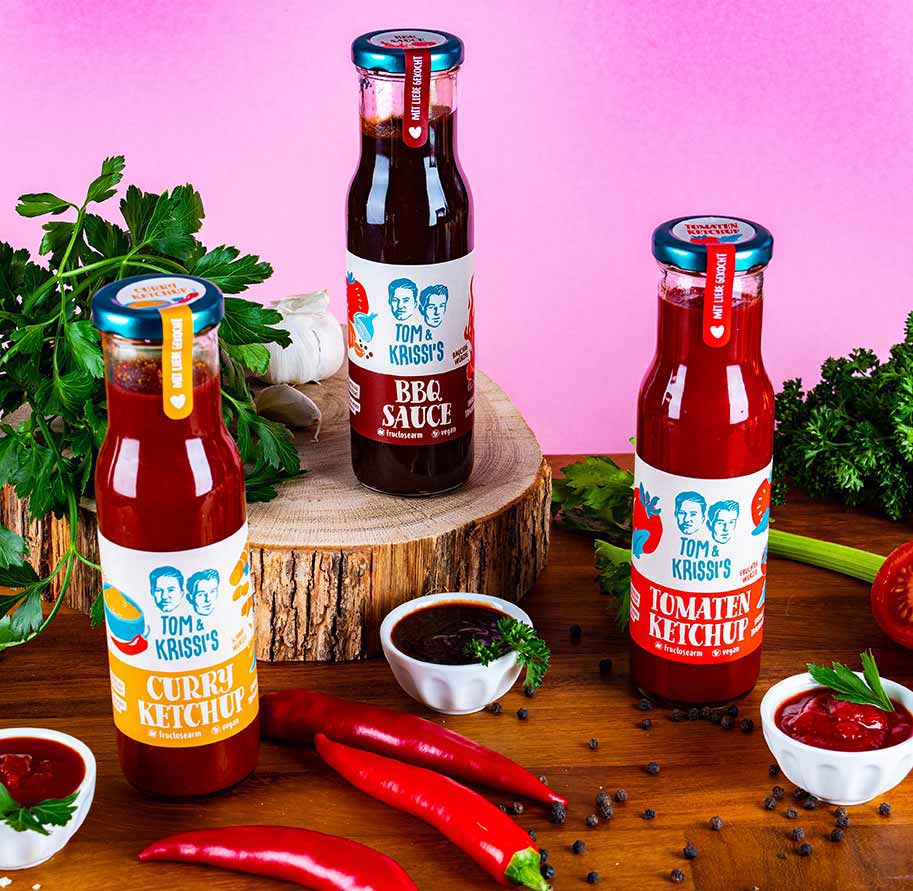Fructose intolerance: Why dextrose is an excellent alternative
Table of contents
- Fructose Intolerance
- Symptoms of Fructose Intolerance
- Fructose Malabsorption and Hereditary Fructose Intolerance: What's the Difference?
- Diagnosis - How do I know if I am fructose intolerant?
- Fructose Intolerance: What can I do about it?
- 3 Steps to a Low-Fructose Diet
- Which Foods to Avoid with Fructose Intolerance?
- Which Foods are Safe with Fructose Intolerance?
- Sweetening Properly with Fructose Intolerance: An Overview of Sugars and Sugar Substitutes
- Dextrose: THE Fructose-Free Alternative
- Malt and Milk Sugar
- Fructose-Free Syrup
- Sugar Substitutes and Alcohols
- Which Sweeteners are Unsuitable?
- Tom & Krissi’s: Enjoying Fructose-Free is Now Easy
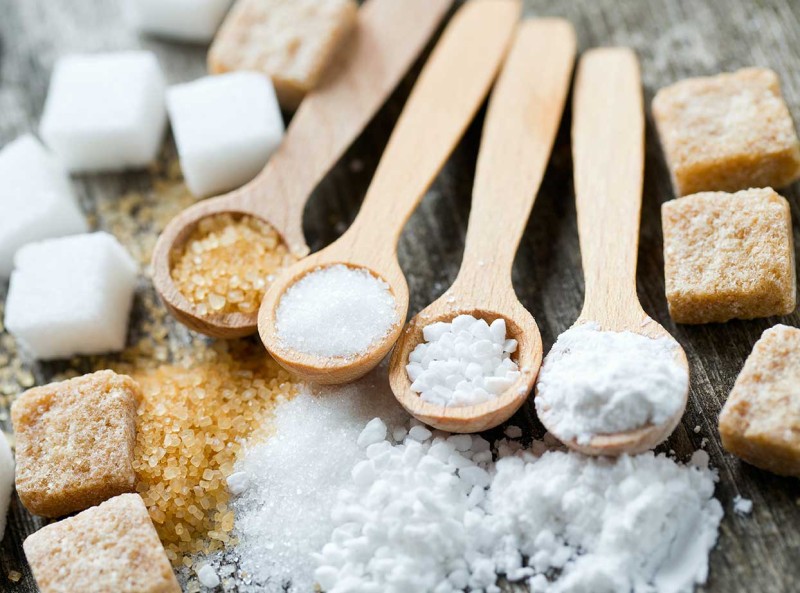
Fructose Intolerance
Whether it's sweet treats, a delicious meal at a restaurant, or a quick ready-made meal from the supermarket: people who suffer from fructose intolerance must always be well-informed before they can enjoy it. Experts estimate that about 30% of people in Europe are fructose intolerant. But what does it mean if you are fructose intolerant? We summarize the most important facts and provide you with delicious, fructose-free alternatives.

Symptoms of Fructose Intolerance
Symptoms: How do I know if I am fructose intolerant?
If you suffer from fructose intolerance, your body mainly shows it through gastrointestinal complaints. The typical symptoms include:
- Bloating,
- Diarrhea,
- Abdominal pain,
- Feeling of fullness,
- Belching
- and Nausea.
Each person reacts differently and with varying complaints to fructose. The symptoms and their intensity mainly depend on the amount of fructose consumed. However, individual gut sensitivity is also an important factor.
Note: To determine whether you are fructose intolerant, have another intolerance, or suffer from a disease, you should consult a gastroenterologist. The specialist can rule out other causes of your complaints and diagnose fructose intolerance using a breath test.
Fructose Malabsorption and Hereditary Fructose Intolerance: What's the Difference?
In common language usage, the term fructose intolerance mainly refers to intestinal fructose malabsorption, which belongs to the digestive system. In contrast, hereditary fructose intolerance is extremely rare. Our table summarizes the differences clearly:
|
|
Intestinal Fructose Malabsorption |
Hereditary Fructose Intolerance |
| Occurrence |
"Acquired" and influenced by diet |
Congenital metabolic disease – lifelong |
| What Happens? |
Fructose is metabolized slower |
Fructose cannot be metabolized |
| Prevalence |
Affects approximately 30% of the European population |
Very rare – only 1 in 20,000 people |
| Measures |
Reduced consumption of fructose-containing foods, dietary adjustments depending on symptoms |
Complete avoidance of fructose-containing foods, strict diet plan from birth |
| Treatment |
No drug treatment |
No drug treatment |
Did You Know? There is disagreement among doctors and scientists regarding intestinal fructose malabsorption: It has not yet been fully clarified whether intestinal fructose malabsorption is a normal process in the body or whether it is a pathological condition. Fortunately, you can find fructose-free chocolate and many other treats at Tom & Krissi's.
Diagnosis - How do I know if I am fructose intolerant?
First, you should keep an eye on the symptoms described above. These occur 30-120 minutes after consuming fructose. Keeping a food diary is often a good way to systematically record which foods cause which symptoms. However, a reliable diagnosis can only be made by a gastroenterologist. A food diary can also be helpful for the doctor in diagnosing fructose malabsorption. THERE ARE TWO VARIANTS OF THE FRUCTOSE TEST: In the so-called “fructose provocation test,” the patient drinks a fructose solution under controlled conditions. The symptoms are then observed under medical supervision. In the “H2 breath test,” the hydrogen content is analyzed. From this, it can be determined whether a fructose intolerance diagnosis is confirmed.
Fructose Intolerance: What can I do about it?
If you suffer from fructose malabsorption, you need to adjust your diet, as there is no medical therapy. The good news: a complete renunciation of sweet treats is not necessary for the most common form of intolerance - it can even be harmful. Therefore, a completely fructose-free diet is not recommended. Only in the case of hereditary fructose intolerance must you completely avoid fruit sugar.
Which foods you can tolerate well depends mainly on two factors: the amount of fruit sugar and the individual nature and sensitivity of your digestive tract.
In 3 steps to a low-fructose diet
- After a breath test has clearly confirmed the intolerance, you should initially avoid fructose-containing foods as much as possible for a few weeks. During this time, you can document your diet and symptoms in a food diary. The symptoms should subside over time.
- Once your body has stabilized, the experimental phase begins: During this phase, you start consuming certain fructose-containing foods. It's best to start with fruits like rhubarb, raspberries, and strawberries, as they contain little fruit sugar. Meanwhile, continue to keep your diet and symptom diary to find out which foods you can tolerate well and in what quantities.
- With the insights gained from your food diary, you can now design your diet so that you can indulge without regret. Our online shop also offers numerous fructose-free and low-fructose products to help you! Have you tried our vegan and low-fructose fruit spreads yet?
Which foods should I avoid with fructose intolerance?
If you suffer from fructose malabsorption, you should only consume the following foods in small amounts or completely avoid them:
- Fruit: Apples, pears, mangos, grapes, dried fruits, persimmons, cherries, canned fruit, fruit compote, watermelon
- Vegetables: Red bell peppers, red and white cabbage, kohlrabi, pumpkin
- Sweets and sweeteners: Honey, pear syrup, apple butter, agave syrup, jam, jelly, ice cream, invert sugar, table sugar
- Beverages: Fruit juices, nectar, fruit spritzers, soft drinks
- Others: Fruit yogurt, muesli, muesli bars, energy bars
Which foods can I eat with fructose intolerance?
You can consume the following foods in moderation if you have fructose malabsorption, as they contain only small amounts of fructose or are completely fructose-free:
- Fruits: Apricot, avocado, honeydew melon, peach, papaya, berries, citrus fruits
- Vegetables: Artichokes, eggplant, cauliflower, broccoli, chicory, Chinese cabbage, lamb's lettuce
- Sweets and sweeteners: Glucose, maltose, lactose, spelt syrup, saccharin, aspartame, stevia
- Beverages: Water, herbal teas
- Others: Mushrooms, potatoes, meat, fish, seafood, pure oils and fats, eggs, pasta, rice, legumes, pseudo-cereals, herbs
If you want to enjoy your cake without any worries, our delicious lactose- and fructose-free cakes are just the thing! Some of our cakes are even wheat flour-free.
Sweetening Correctly with Fructose Intolerance: An Overview of Sugar and Sugar Substitutes
With fructose intolerance, you do not have to completely give up sweeteners: You should only avoid certain types of sugars and sugar substitutes. We summarize which ingredients you can use to sweeten your dishes fructose-free.
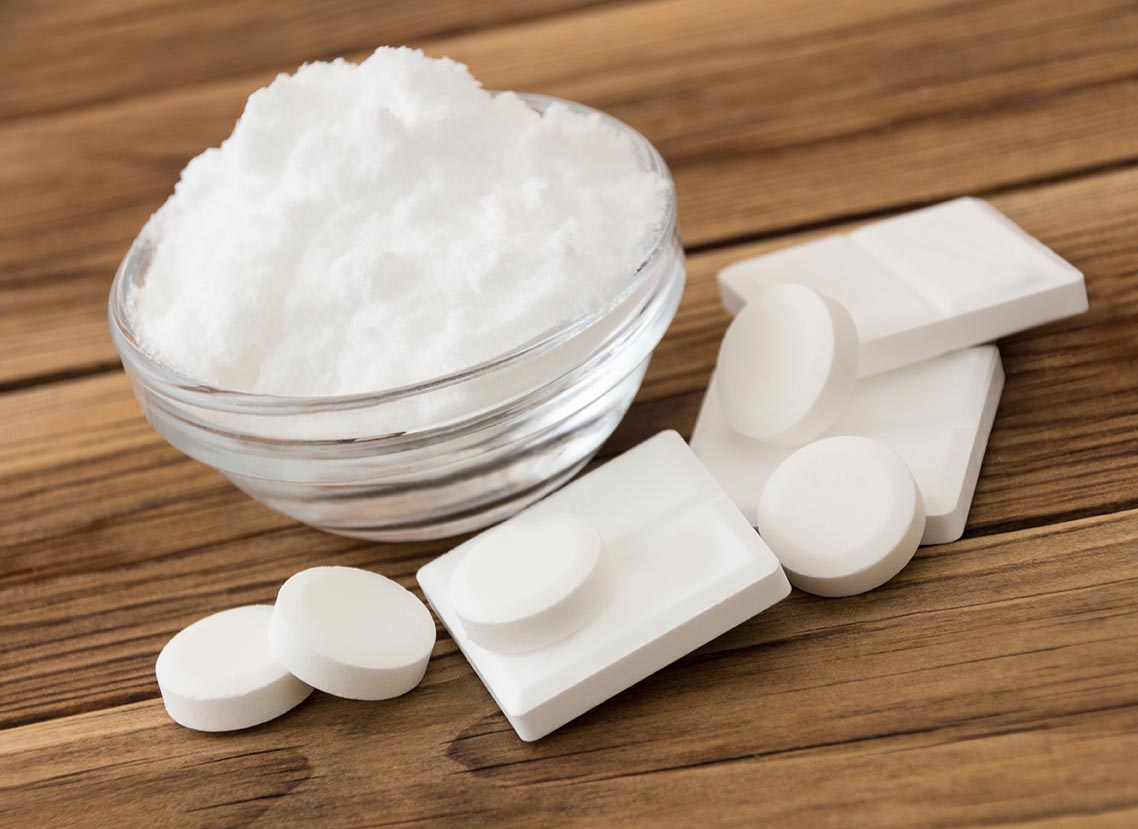
Dextrose / Glucose
Dextrose, also known as glucose, is a natural fructose-free simple sugar. This monosaccharide is quickly metabolized by our digestive system and enters the bloodstream within a short time.
Maltose and Lactose
Maltose (malt sugar) is a disaccharide formed from starch. It is suitable for sweetening with fructose intolerance as is lactose (milk sugar). Since some people with fructose intolerance also suffer from lactose intolerance, we do not use lactose in our products.
Glucose/Rice and Spelt Syrup
Fructose-free glucose syrup is an excellent sweetener for people with fructose intolerance. The sweetener is made from rice, grain, or corn starch and can consist of varying amounts of glucose and maltose. In many of Tom & Krissi’s treats, glucose syrup is the main sweetener.
Also, spelt and rice syrup are derived from starch. They consist mainly of glucose and a smaller portion of maltose. Both can be safely used for sweetening with fructose intolerance.
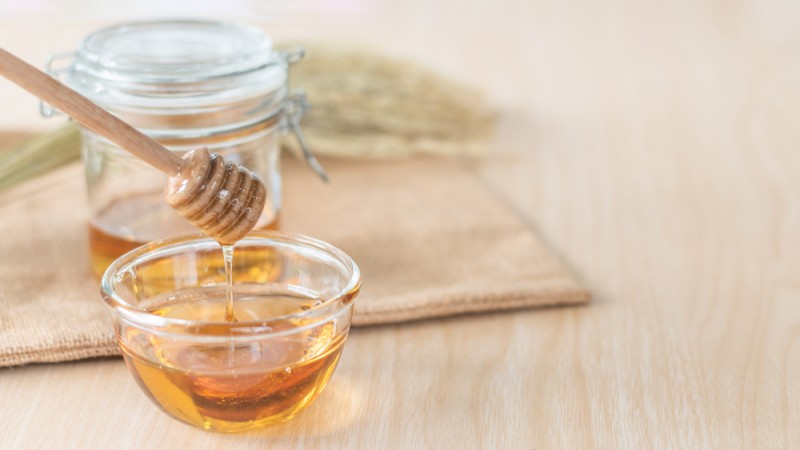
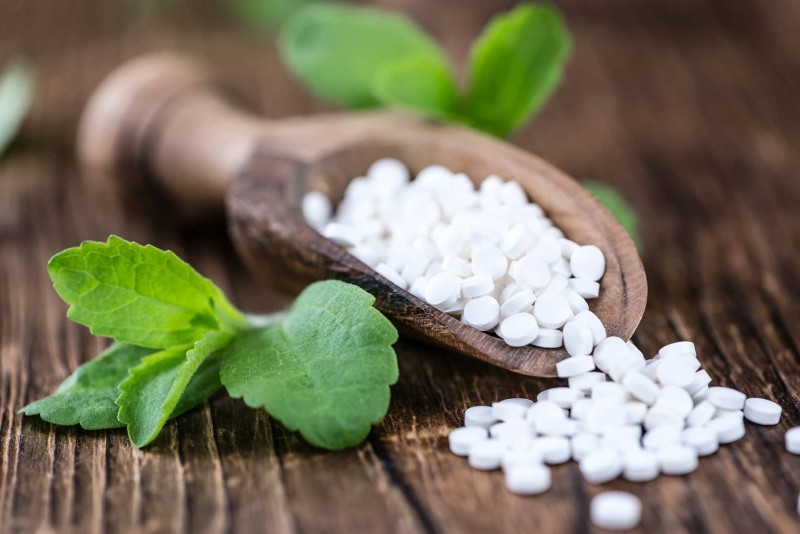
Sugar Substitutes and Sugar Alcohols
Saccharin is the oldest and best-known sweetener and is produced through a chemical process. Generally, this sweetener is well-tolerated by people with fructose intolerance, although skeptics claim that regular consumption increases cancer risk, which has not been proven so far.
Stevia is derived from a South American herb and is well-tolerated with fructose intolerance. However, it is controversial how healthy or harmful Stevia really is, as critics also fear that Stevia increases cancer risk. Again, this has not been proven so far.
ASPARTAME, also synthetically produced, is generally safe for people with fructose intolerance. However, critics claim that regular consumption of aspartame increases cancer risk, although no concrete evidence has been found so far.
Which Sweeteners to Avoid?
In addition to the wide range of fructose-free sweeteners mentioned above, which can be consumed without discomfort with fructose intolerance, there is an equally large number of sugars that should be strictly avoided with fructose intolerance.
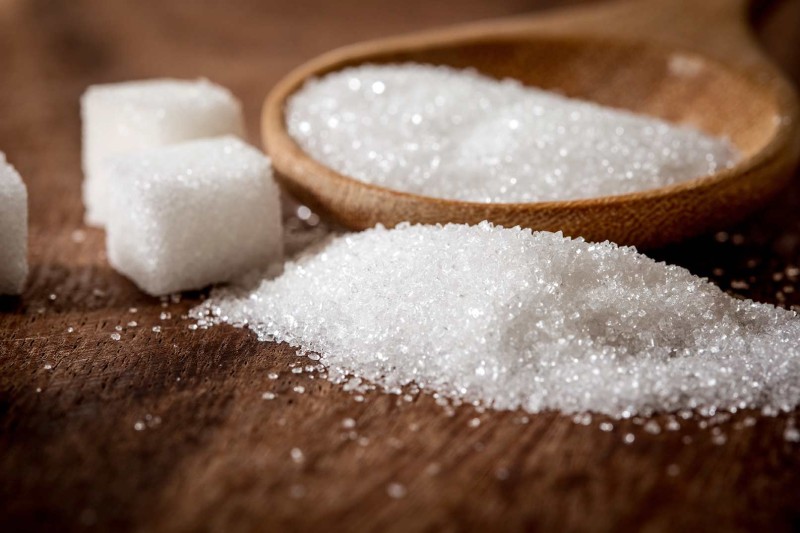
TABLE SUGAR, also known as granulated sugar, is a disaccharide (sucrose) made from sugar beets, sugarcane, or the sugar palm and consists of 50% fructose and 50% glucose.
FRUCTOSE is the monosaccharide that is only easily utilized by the human digestive system when a sufficient amount of GLUT5 proteins is available in the intestine. This is typically not the case in people with fructose intolerance, which is why fructose leads to digestive issues.
MAPLE SYRUP, AGAVE SYRUP, and COCONUT SUGAR all consist of different proportions of fructose and glucose and should therefore not be used for sweetening with fructose intolerance.
SORBITOL and XYLITOL are unsuitable for fructose intolerance, as they promote the same symptoms as fructose. Both belong to the group of sugar alcohols (Alditols).
MALTITOL, also known as Maltitol, is another sugar alcohol that produces a laxative and bloating effect in people with fructose intolerance.
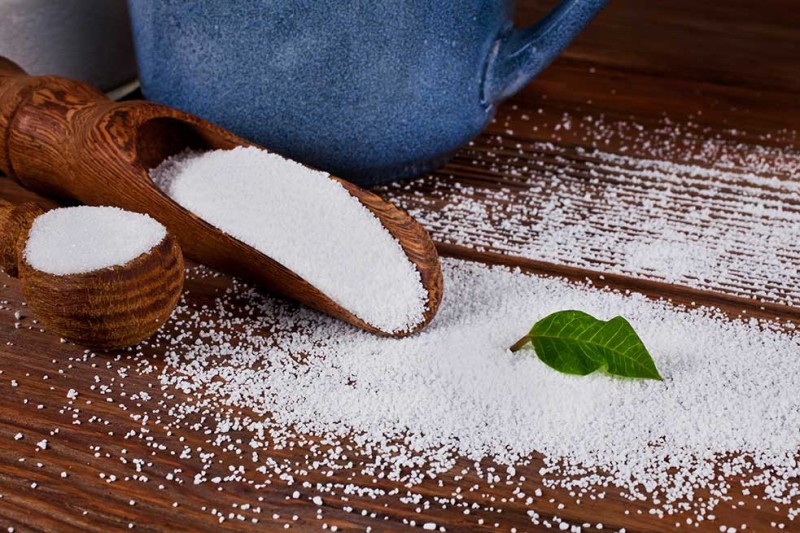
Enjoy Fructose-Free with Tom & Krissi’s: Now It's Easy
If you want to eat fructose-free, you've come to the right place at Tom & Krissi’s! With our constantly expanding range of fructose-free and low-fructose foods, we offer you delicious alternatives without having to sacrifice.
Our treats, like the fructose-free cookies, are sweetened exclusively with dextrose and fructose-free glucose syrup. We completely avoid sugar substitutes. This ensures the natural sweetness that characterizes all products from Tom & Krissi’s.

